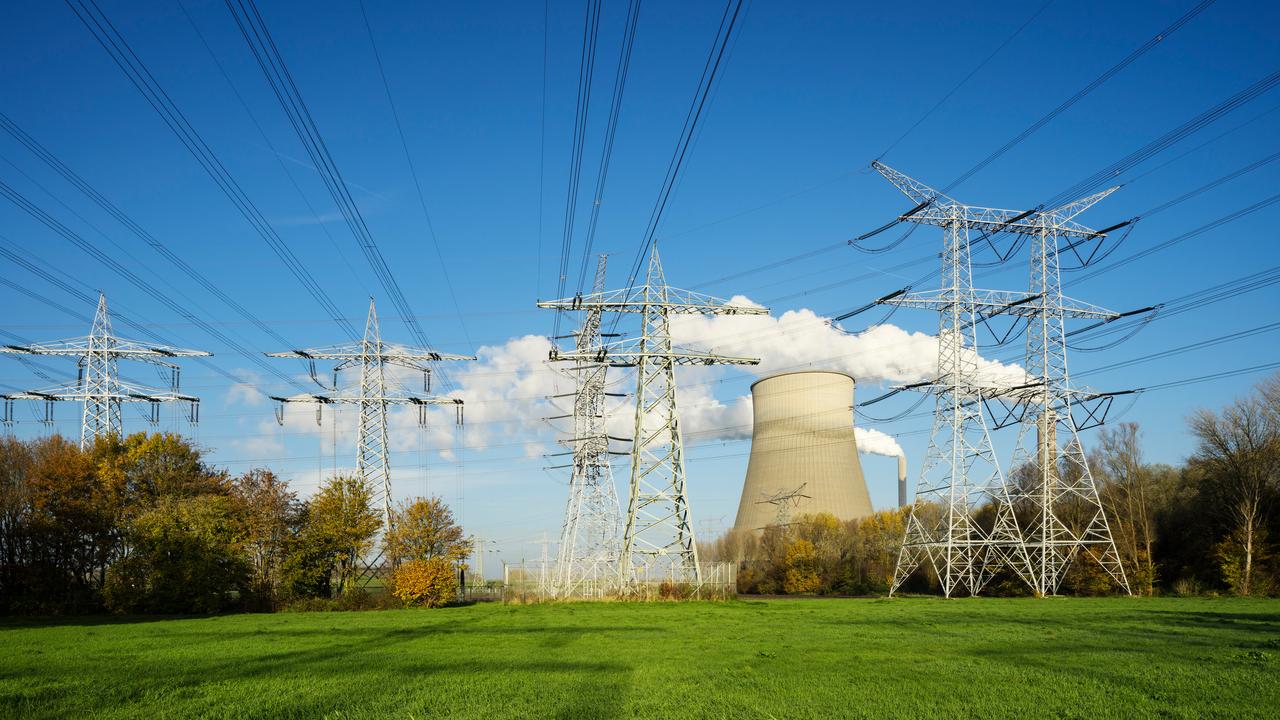
This article was last updated on September 28, 2023
Canada: ![]() Oye! Times readers Get FREE $30 to spend on Amazon, Walmart…
Oye! Times readers Get FREE $30 to spend on Amazon, Walmart…
USA: ![]() Oye! Times readers Get FREE $30 to spend on Amazon, Walmart…
Oye! Times readers Get FREE $30 to spend on Amazon, Walmart…
Table of Contents
Power Grid Overcrowded in Multiple Regions, Causing Significant Issues
The electricity grid in various regions across the Netherlands is experiencing overcrowding, according to grid operator Liander. Recently, bottlenecks have emerged in Flevoland, Friesland, Gelderland, North Holland, and South Holland, leading to numerous problems. One of the consequences of this overcrowding is that businesses requiring substantial electricity must endure extended waiting periods for new connections. Additionally, other network operators are also grappling with similar challenges.
Increase in Demand for Space on the Power Grid Outpaces Expansion Efforts
Liander regularly releases a list of bottlenecks on the overloaded power grid. Cities like Winterswijk, Zutphen, and Schiermonnikoog are among those affected. The proliferation of new wind turbines, solar parks, charging stations, heat pumps, and sustainable industries has caused the demand for grid space to rise more rapidly than the expansion of the power grid itself.
Exploring Solutions to Alleviate Overcrowding
The network operator is currently investigating the possibility of implementing measures to avoid peak usage hours. Producers would supply electricity to the grid during off-peak hours, while companies would adjust their operations to primarily consume electricity when demand is low. However, it remains uncertain whether this strategy will effectively mitigate the issues at hand. Previous research conducted by Liander has indicated that peak hour avoidance does not completely resolve power grid problems in the Lelystad and Bemmel areas.
Dealing with a Strained Infrastructure
The growing strain on the power grid is a result of multiple factors. The push for renewable energy sources, such as wind and solar, has led to an increased number of installations, including wind turbines and solar parks. Similarly, the rising popularity of electric vehicles has led to a surge in the construction of charging stations. Additionally, the adoption of heat pumps for more energy-efficient heating and cooling, as well as the general sustainability efforts by industries, further exacerbate the demand for space on the power grid.
Implications for Businesses and Consumers
For businesses requiring significant amounts of electricity, the overcrowding on the power grid translates to longer wait times for new connections. This can hinder their operations and potentially impede business growth. Likewise, consumers may experience disruptions in their electricity supply as the infrastructure struggles to meet the mounting demand. These issues highlight the urgent need to address the overcrowding on the power grid and invest in its expansion.
The Importance of Grid Modernization
As the Netherlands aims to transition to a greener and more sustainable energy system, the modernization and expansion of the power grid are crucial. Investing in infrastructure improvements and developing innovative solutions will be essential to alleviate the strain on the grid. This may involve upgrading existing infrastructure, implementing smart grid technologies, and exploring alternative energy storage options.
The Way Forward: Collaboration and Long-Term Planning
Addressing the overcrowding on the power grid requires collaboration between network operators, industry stakeholders, policymakers, and regulators. Long-term planning, incorporating future energy demands and potential technological advancements, is necessary to ensure a robust and reliable power grid.
Policies to Encourage Sustainable Energy Distribution
Government policies play a vital role in fostering sustainable energy distribution. Incentives and subsidies for renewable energy projects and energy-efficient technologies can encourage businesses and consumers to adopt more sustainable practices. These policies should also support the development of a more resilient power grid capable of accommodating future energy needs.
Investments in Research and Development
R&D investments are crucial in developing new technologies that can enhance the efficiency and capacity of the power grid. These investments should focus on areas such as energy storage, smart grid management systems, and grid optimization algorithms. By fostering innovation, the power grid can evolve to meet the demands of a rapidly changing energy landscape.
In Summary
The overcrowding on the power grid in multiple regions of the Netherlands presents significant challenges for businesses and consumers. The rapid increase in renewable energy installations, electric vehicle adoption, and industry sustainability efforts has strained the grid’s capacity. Addressing this issue requires collaborative efforts, long-term planning, and investments in grid modernization. It is crucial for policymakers, network operators, and industry stakeholders to work together to ensure a reliable and robust power grid capable of meeting the future energy needs of the country.

Be the first to comment